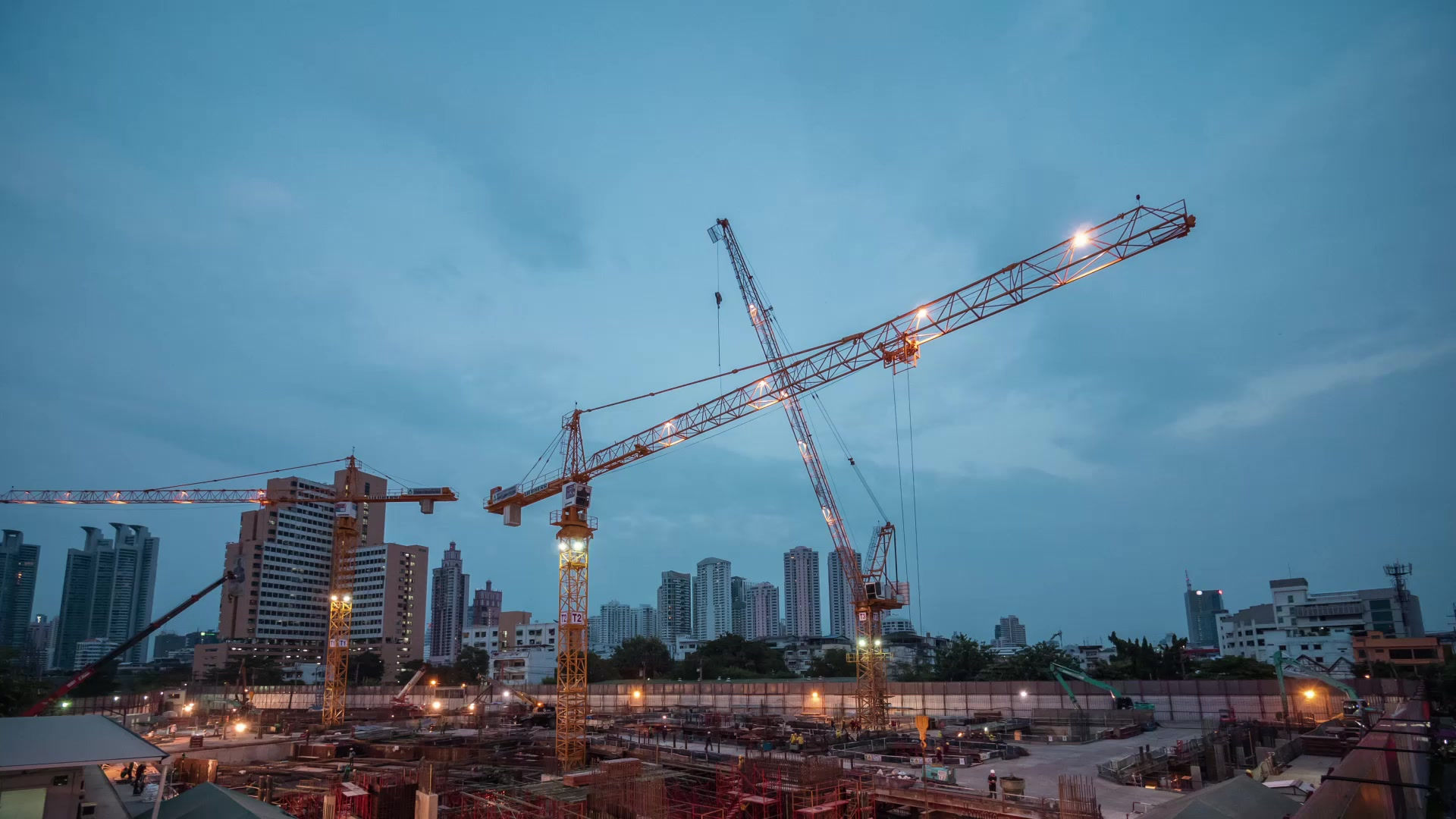
BOILERMAKER / WELDER
In the workshop or on a construction site, he intervenes either in maintenance or new work
It produces different types of parts (unitary or in series): boiler-made assemblies or sub-assemblies by shaping and assembling sheets, tubes and profiles in accordance with the manufacturing range and the operating mode in the quantities requested, in the time allocated and according to the expected level of quality (forms and precision).
He also ensures self-control and traceability of his tasks.

DESCRIPTION OF SIGNIFICANT ACTIVITIES
1/ Preparation Maintenance or Manufacturing
-
Familiarize yourself with part specifications: study of construction and maintenance records (stresses: stress test, wear, temperature, pressure, etc.), metal characteristics, weld types, assemblies, regulations
-
Follow the QSE guidelines and make sure the installation is recorded before intervention
-
Check and diagnose
-
Define the operations to be carried out: disassembly, cutting, replacement, reforming, repair, manufacture of a new part, etc.
-
Prepare your workstation (materials, materials, calculation of the development of elements (dimensions, surfaces), calculation of lengths for tubes and profiles: thickness, nature, size, etc.)
-
Disassemble, cut or desolder parts to repair or replace
-
Make the necessary traces before the realization (drafts, reference points, etc.)
2/ Realization Restoration or Manufacture
-
Either repair (ensure mechanical strength properties are maintained) or shop manufacture:
-
Perform primary parts flow operations using prescribed equipment
-
Shape / shape the parts: either mechanical processes: shearing, bending, drilling, bending, rolling, punching or thermal processes plasma cutting, or laser …..
-
Assemble parts mechanically (pointing, screwing, clipping, riveting, etc.) according to plans
-
Perform welding operations according to the specified process (welding points, seams) and following TIG/ MIG/ MAG welding processes)
-
Check the conformity and quality of the part or sub-assembly (visual inspection, verification of ribs, angles) (assembled assemblies or sub-assemblies conform to dimensions and geometrically: perpendicularity, parallelism, flatness, etc.
-
Test before reassembly with pressure vessels (hydraulic tests) or lifting, and functional tests in accordance with the regulations
-
Check the conformity of the workpiece Touch the workpiece in case of non-compliance and/or report according to quality procedures
-
Perform finishing work (grinding, brushing, etc.)
-
Report on its activity (warning points, problems encountered, alert in case of malfunction: traceability on intervention technical sheets and CMMS (if existing)
-
Sorting waste according to QSE rules
RESPONSIBILITIES AND SCOPE FOR ACTION
Reference to expected results
-
Apply safety precautions
-
Guarantor of the conformity of the parts and sub-assemblies with regard to the manufacturing file and respecting the production imperatives (qty, cost and time)
-
Guarantee of the quality of parts and sub-assemblies and corrections made according to tests and measurements
SPECIFIC SKILLS AND KNOWLEDGE
-
Reading of plans and technical diagrams
-
Knowledge of geometry in space (plot, intersection, etc.) and trigonometric calculations
-
Knowledge of raw material and consumable properties and material technology
-
Knowledge of mechanical and thermal cutting means
-
Knowledge and mastery of material forming and cutting techniques (shearing, laser cutting, plasma, punching, nibbling, oxy-cutting, sawing, cutting, bending, bending, rolling, planing, stamping, etc.) use of shearer, folding, rolling, bending machine
-
Knowledge of assembly techniques and processes
-
Use of available means (means of production, means of control: measuring tools and control
-
Use of power tools (electric saw, sander, etc.)
-
Knowledge of machining techniques
-
Knowledge of the basics of maintenance (1st level in particular) and the risks associated with the workstation (environment and machines)
-
Master the welding processes
-
Knowledge and application of QSE rules
-
Written and oral communication: activity reports
-
Knowledge: magnetic particle testing, radiography, penetrant testing, ultrasounds…
-
Use of heavy handling equipment when moving large loads (hoist, forklift, overhead crane, etc.): requires CACES clearance
BEHAVIORAL SKILLS
-
Teamwork
-
Precision, rigor and meticulousness
-
Excellent visual acuity
-
Manual skill and dexterity
-
Sense of method
-
Concentration abilities
-
Good vision in space
